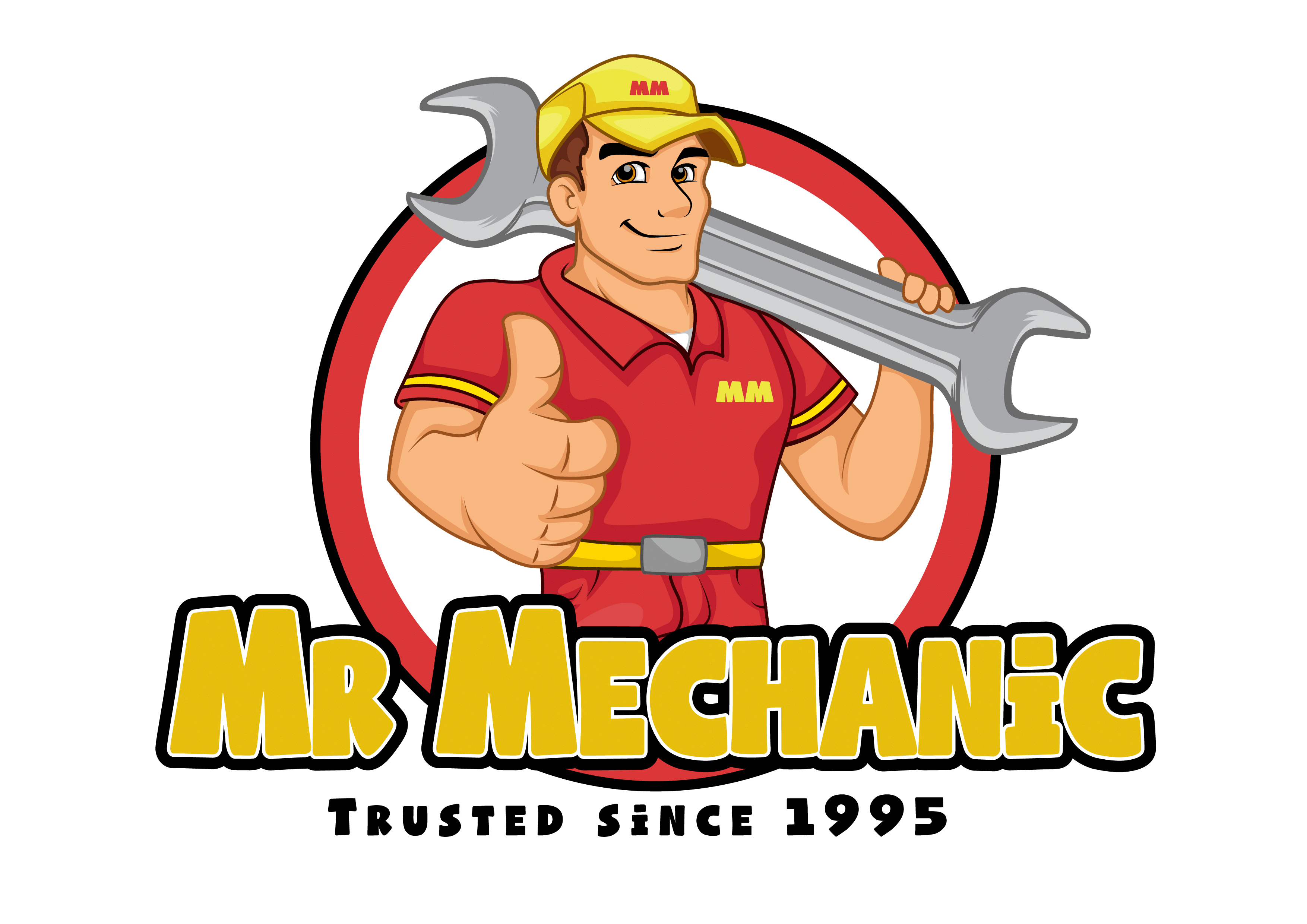Performing regular check-ups on your car will not only help to keep you on the road but it will also save you a lot of money in the long term. It’s a lot of work going over every inch of your car, and a number of its features require specialized equipment to inspect, But there are components that you can readily check as a user.
You just have to give a few parts some TLC, and here are five key car parts from different areas that you should be checking:
Tire pressure and Tires
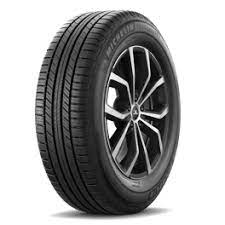
Those large, black rubber rings at the corners are your car’s primary contact with the road, so it’s important to ensure that they’re in as good a shape as possible.
Underinflated tires increase your car’s fuel consumption, while overinflated tires can reduce traction and even cause a blowout at high speeds.
Follow the manufacturer’s recommended tire pressure at the very least, and check the tire pressure in the morning when the temperature is low.
Car Brakes – Brake Pads and Discs
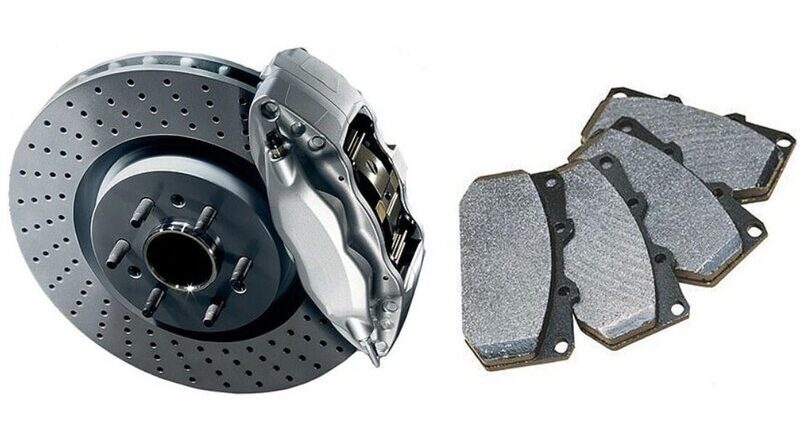
The brakes are among the most important car parts you have. Without them, you won’t be able to come to a safe stop or slow down the vehicle when you need to.
Your brake discs are the large silver parts on the inside of your wheel, roughly the size of a dinner plate.
With your brake pads, it is important to check on the thickness of the pad itself. Again, over time the heat caused by the friction when you apply your brakes will cause the pads to wear, and when they are worn down to the thickness of the steel backing plate it is time to change your brake pads.
Also, watch out for grinding noises, among other vehicle sounds, whenever you step on the brake pedal and see if it takes longer than usual for the car to slow down.
Engine Oil
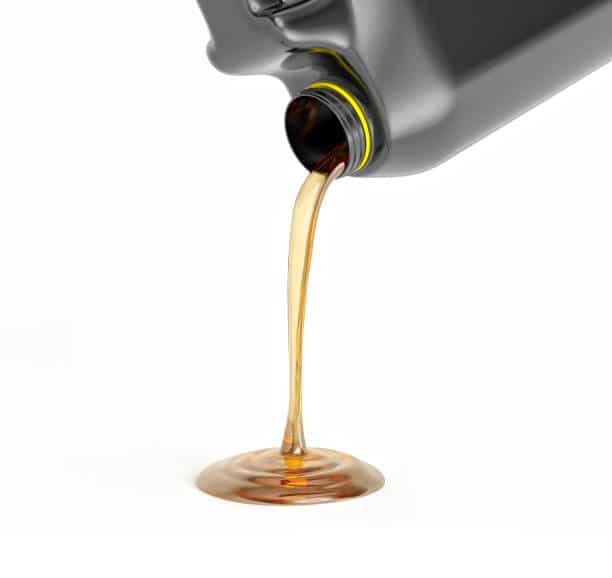
Oil is the lifeblood of your car’s engine, lubricating metal parts subjected to high temperatures and stress. The thickness, or viscosity, of engine oil, helps it withstand the friction of metal surfaces rubbing each other at high speed.
Over time, this viscosity breaks down, as the oil becomes laced with metal shearings and other contaminants.
When the oil is no longer effective in keeping the metal surfaces lubricated, the ensuing friction reduces the engine’s efficiency.
The easiest way to monitor your engine’s oil condition is by using a dipstick, located near the engine’s oil filler cap. The dipstick shows not just the oil level but also the color, which should be brown or black. A milky hue might indicate coolant leaking into the engine.
Coolant
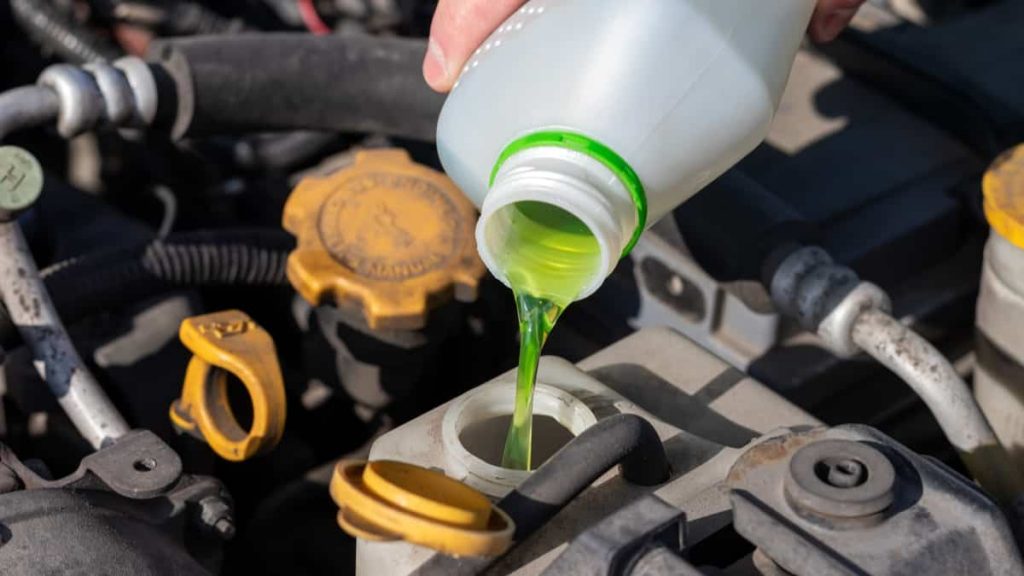
This is another important fluid that plays a role in your car’s cooling system, regulating engine temperature by carrying the heat from the engine’s core and dumping it on the radiator tubes before being circulated back into the engine.
As the engine operates through combustion, insufficient coolant will dramatically raise engine temperatures and can lead to engine failure.
Coolant is fed to the radiator through a separate tank in the engine bay called a coolant reservoir. Periodically check the coolant level through the markers on the reservoir, making sure it doesn’t fall below the halfway mark.
Also, if the car’s air conditioning suddenly stops cooling even with the thermostat engaged, it could be a sign that the radiator has run out of coolant.
Air filter
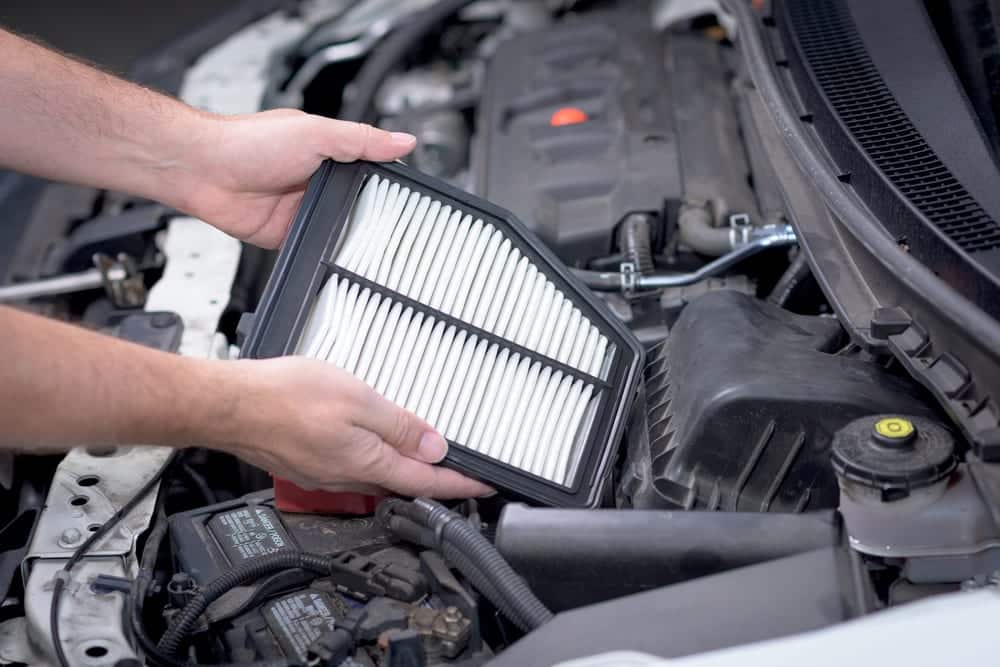
The air filters are the car’s lungs, cleaning the air that the engine breathes in to aid in combustion by trapping dirt, bugs, and other potential contaminants.
A dirty or clogged air filter interferes with the combustion process, resulting in higher fuel consumption and decreased power or worse, a stalled engine.
The filter is housed in a cold air collector box, either close to one of the fenders or the engine firewall. Open the box and take out the filter, holding it upward to sunlight or any strong light source. Light passing through means the filter is still clean, but if the dirt doesn’t shake off even after the filter is dropped several times, it should be replaced.
Battery
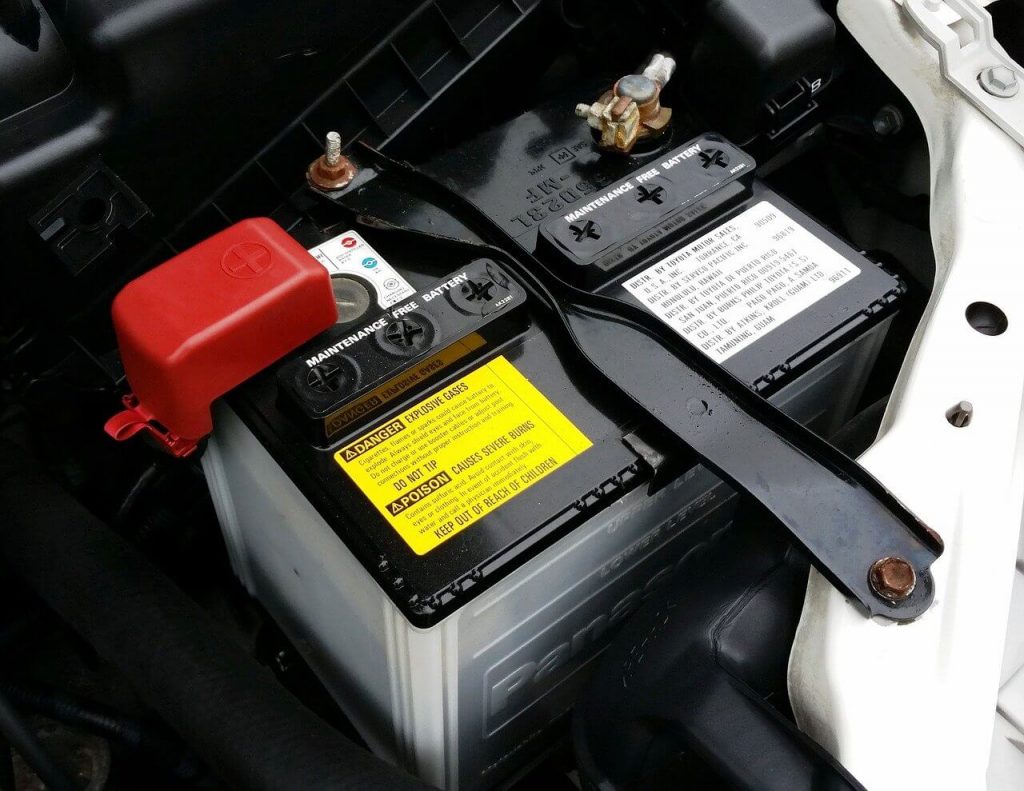
The battery is at the heart of the car’s electrical system, powering the ignition to the lights, air conditioning, and the onboard entertainment system.
Symptoms of a failing battery include slow starts, dim lights, and the check engine warning light coming on in the instrument panel.
Check the battery’s remaining voltage using a voltmeter or battery tester. Clean the battery terminals as corrosion interferes with electrical conductivity. You can also open the battery port covers to see if there are sufficient electrolytes submerging the plates, topping off with distilled water as needed.
Properly functioning parts are key to a safe journey.
Mr. Mechanic can come to you for any vehicle repair, service, roadworthy certificate, and inspection needs. Call us for a free quote!
